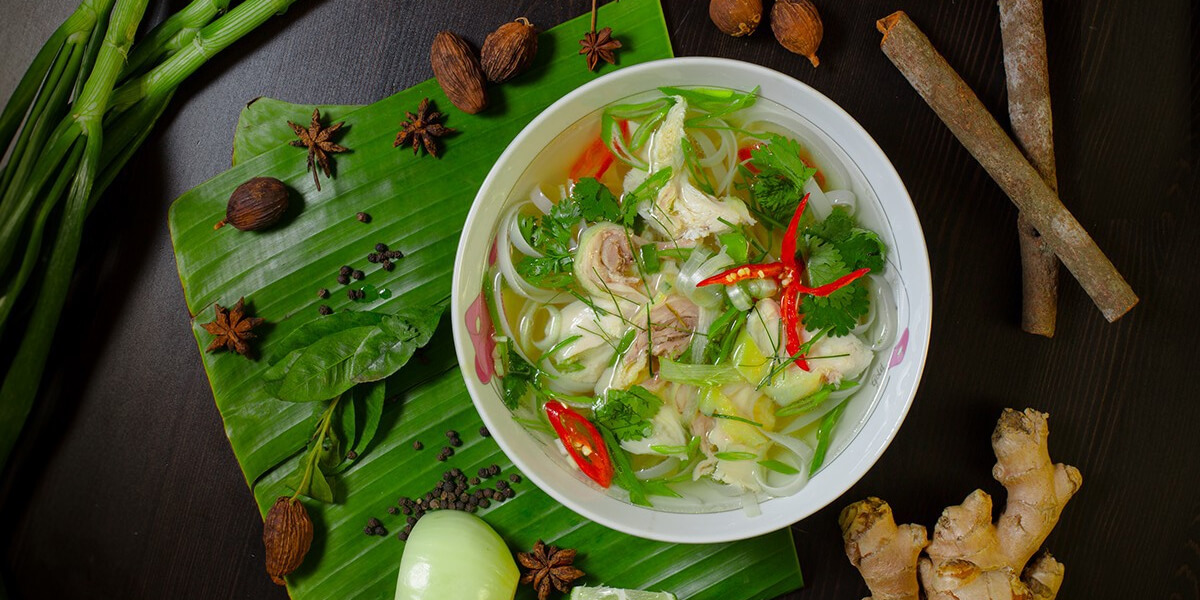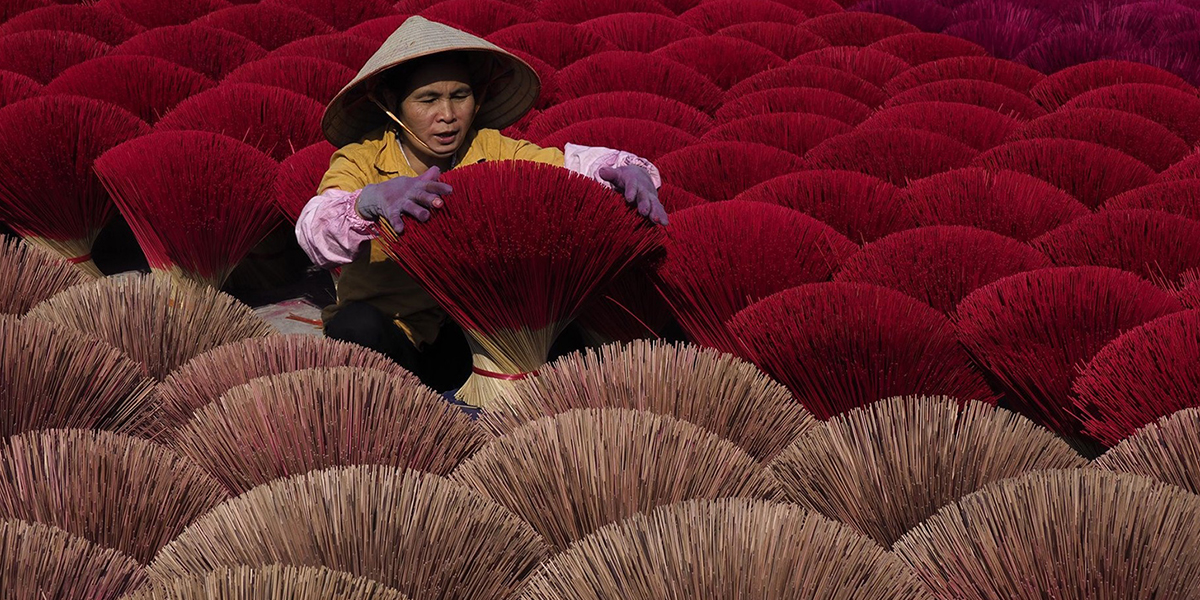Vietnamese mam tom is made by mixing the shrimp with salt and pickling for a long period of time. Much as its taste is strong and unpleasant, it is an indispensable part of Vietnamese cuisine. If you are wondering what Vietnamese shrimp paste is, and how it is made, Localtravelidea will answer them all in this writing.
I - What exactly is Vietnamese shrimp paste?
Shrimp paste is a unique dipping sauce and seasoning for Vietnamese people. It is made commonly from sea shrimps or acetes and salt in fermentation to have a desired flavor and color. During the process, the enzyme in the intestine of the marine creature plays an essential role. It, together with salt at high content, helps control the decomposition of bacteria, resulting in the fact that the output has the odor of this enzyme. That is an extremely strong scent that is said to be nothing different from the smell of the body of an animal that died for days. As compared to fish sauce, shrimp paste is much more putrid. A delicious shrimp paste is one that has a dark purple and a salty, ill-smelling taste.
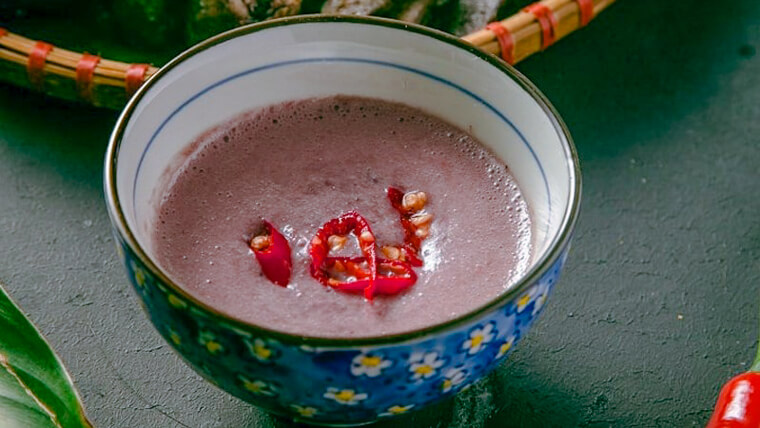
Vietnamese shrimp paste is a unique dipping sauce and seasoning - Source: tgdd
You may wonder why people can eat such disgusting food like that. In fact, it is as controversial as durian, some run away right from the first breath, and some say it is the most wonderful sauce in the world. However, no one can deny that shrimp paste somehow makes the culinary art of Vietnam. Vietnamese fermented shrimp paste is the soul of several special dishes of the country, such as Bun dau mam tom (Cold rice vermicelli with tofu and shrimp paste), Bun oc (Snail vermicelli soup), Bun rieu (Vermicelli and sour crab soup), Cha ca La Vong (La Vong grilled fish),...
The matter relating to shrimp paste that concerns many people is hygiene. The stink of Vietnamese shrimp paste is likely to attract a lot of insects during the brewing and preserving, which can cause stomach aches for the eaters. Many people are really afraid of the safety since the shrimp is not cooked under heat but processed raw from the start to the end. The typical flavor of the dish makes it difficult for the taster to realize which one is clean and which is not.
Note that Vietnamese mam tom should be used for 15 - 20 days after the bottle is open. When the color changes from purple to black, it is no longer edible. You must tighten the cap carefully and put it in a cool, clean area, away from the sunlight. Remember not to preserve it in the refrigerator unless you want the space inside to cover with its smell for months.
II - What is Vietnamese shrimp paste used for?
1 - Dipping sauce from Vietnamese fermented shrimp paste
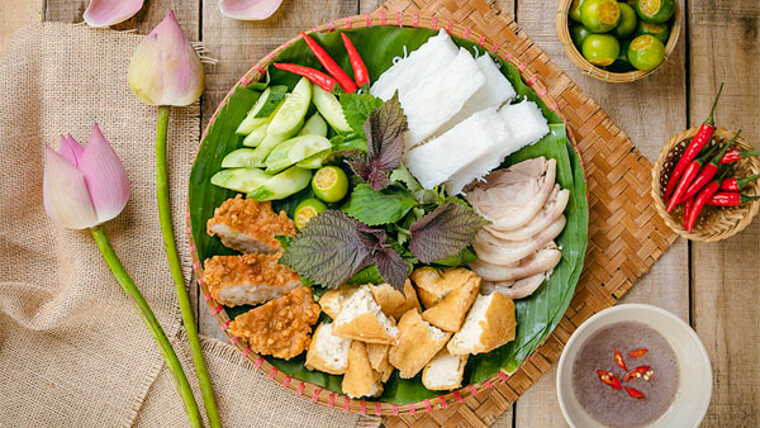
Bun dau mam tom is a specialty of Hanoi - Source: bmtcogi
Shrimp paste can be served directly as a dipping sauce. Some people often boil it to sterilize it before eating. However, the gourmets prefer to serve it raw because the original taste is intact. A famous dish that shrimp paste makes its name is Bun dau mam tom. With this delicacy, shrimp paste is required to season a bit. Just some slices of chili, sugar, and lemon juice whipped until the mixture foams and you have a yummy sauce that connects all plain components of the dish.
Cha ca La Vong is also a dish that desperately needs a cup of Vietnamese shrimp paste. A small piece of grilled fish marinated with galangal dipped in salty shrimp paste, served with vermicelli is a perfect match. The sweetness of fish, the scent of the galangal and fennel, and the slight sourness of the vermicelli are boosted with the inclusion of shrimp paste.
2 - Seasoning food
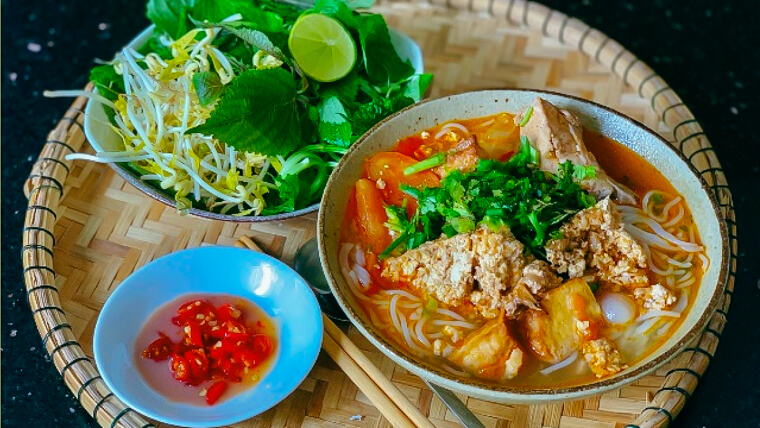
Vietnamese crab noodle soup - Source: eva
Besides being adopted as the dipping sauce, shrimp paste is a condiment that can enhance the taste of many dishes. Those which are either simple and plain or stinky all need shrimp paste to both to remove the unpleasant flavor and make them taste richer. Bun oc and Bun rieu are such prime examples. When comparing a bowl of Bun oc or Bun rieu with Vietnamese shrimp paste and the one without it, you can clearly see the difference.
Although Vietnamese fermented shrimp paste can be combined with many dishes, it shouldn’t be cooked or eaten with chicken because according to Oriental medicine, this combination can lead to allergy. It is inadvisable to cook shrimp paste with pork under high heat since nutrients and substances can change, giving rise to obstructive digestion and a cold stomach. Shrimp paste contains a high content of protein; therefore, when it is taken in with beer which is rich in B1 vitamin, precipitation can occur. If the situation lasts for a period of time, it can form gout and kidney stones.
III - Vietnamese shrimp paste recipe
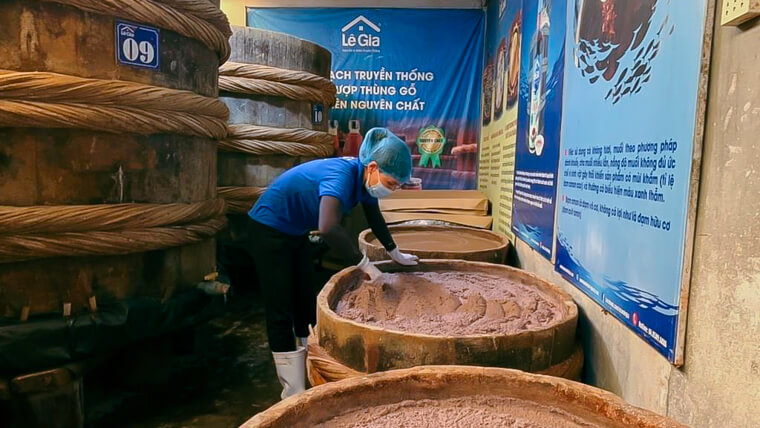
Shrimp paste production - Source: bnews
The process to produce Vietnamese mam tom is sophisticated and demands the makers to be considerate and meticulous at every step. The sea shrimp must be fresh to ensure the quality and nutrient value of the product. The salt used to make sauce needs to be in stock for a year in order to reduce the saltiness and eliminate impurities.
After the shrimp is cleaned, it is ground and mixed with salt then brewed in large wooden barrels put under sunny weather for 6 months to 1 year. During that time, the artisan needs to regularly stir the mixture so that the water vapor created during the fermentation fades away. When the sauce is smooth, purple, and tasteful, Vietnamese fermented shrimp paste is ready to be bottled and put into use.
An important thing to take note is that every single piece of equipment must be kept spotless or else the sauce will be interfered with by bacteria. The place where containers are laid also needs to be airy, dry and clean.
Vietnamese shrimp paste is an amazing and daring creativity of Vietnamese folks. It has contributed a lot to the unique and diverse cuisine of this country. Although the production and the taste frighten many people, it is sure to be one of the most impressive dishes in Vietnam.







.jpg) — Ha Bich
— Ha Bich


